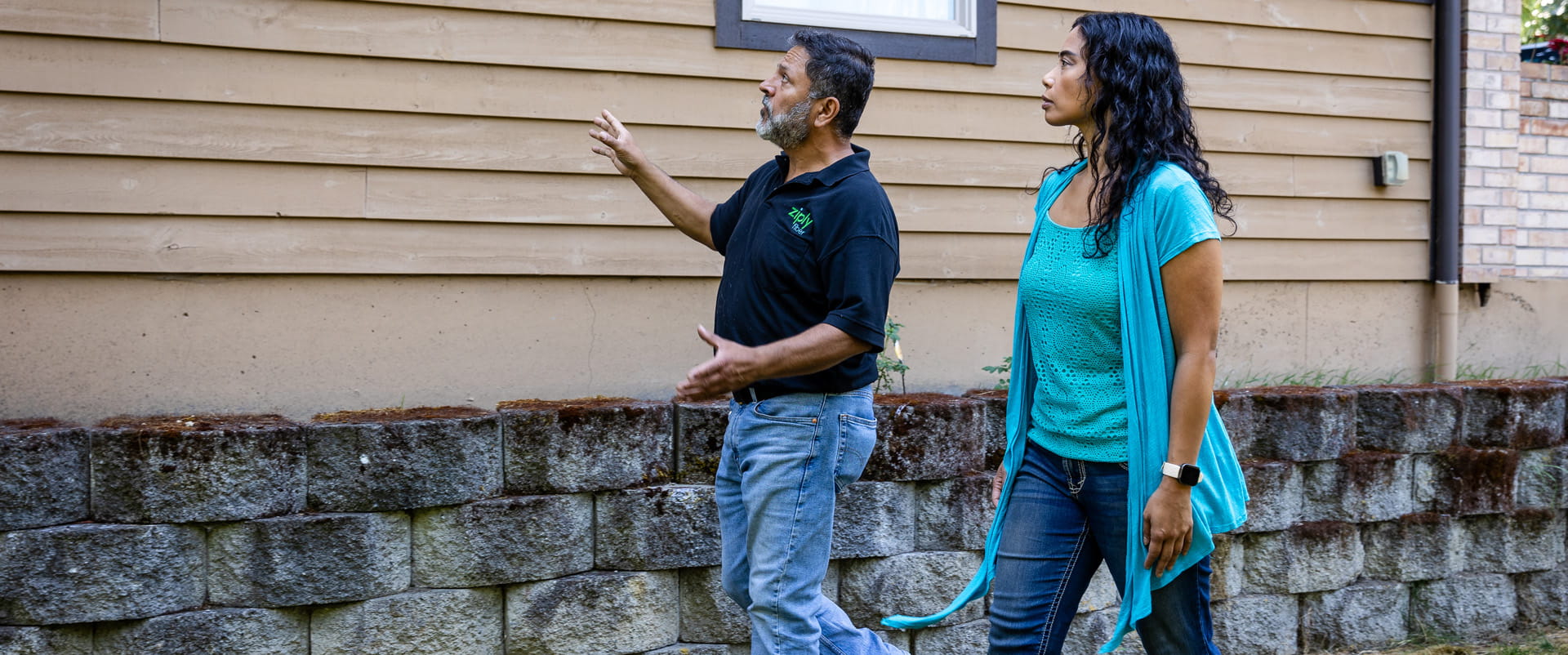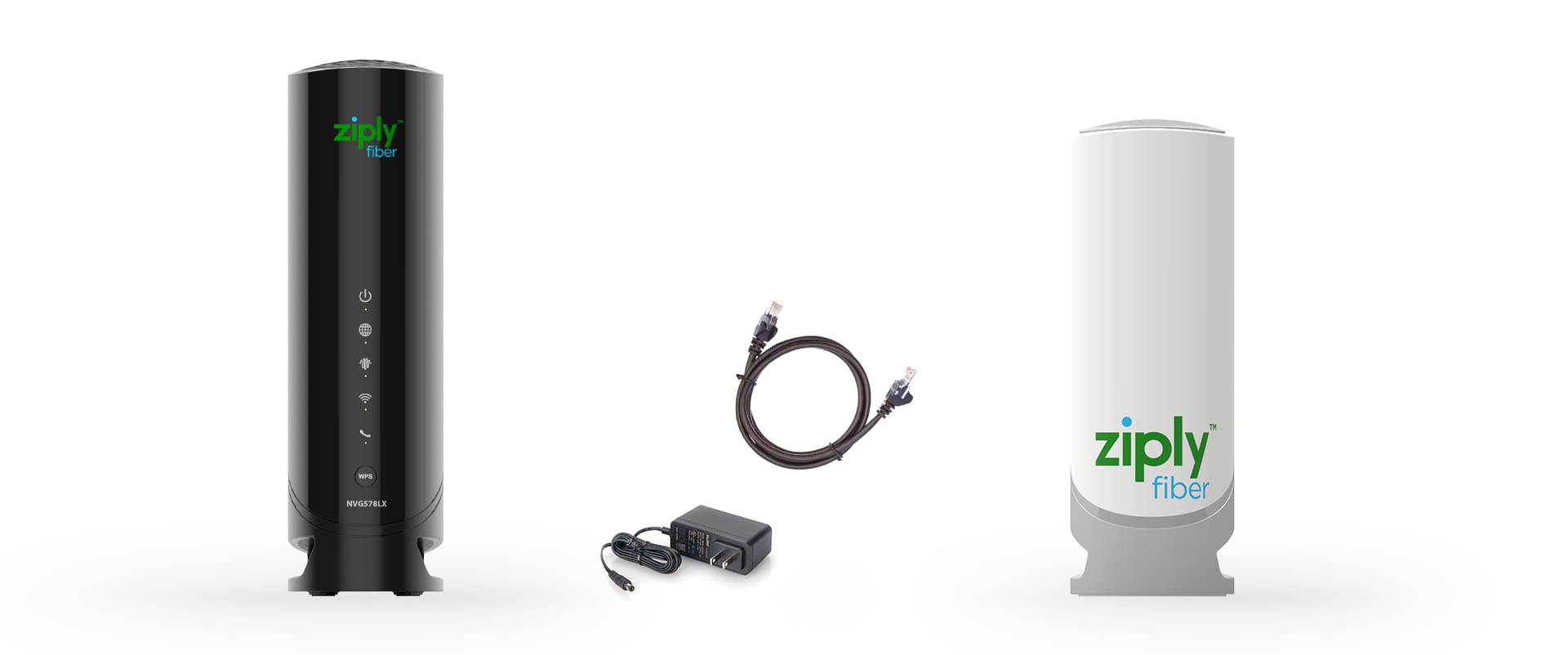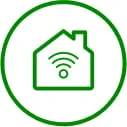Imagine a quiet morning interrupted by the sound of construction. A backhoe digs into a neatly kept yard, leaving behind a noticeable trench—an all-too-familiar sight for homeowners when new internet infrastructure is installed. Traditionally, bringing fiber internet to a home has meant dealing with disruptive digging and disturbed landscaping. But what if there was a way to bring high-speed internet to homes without turning yards into construction zones? Ziply Fiber has a faster, gentler underground solution for fiber construction to the home that we refer to as Soft Surface Placement.
We sat down with Rob Vigil, a vice president on our fiber design and construction team, to understand this innovative installation method that is reshaping how we think about internet infrastructure.
Q: Why is this method so important?
A: These underserved homes are typically in areas where no other companies are willing to invest. The cost per home is significantly higher, which deters most providers. In many of these neighborhoods, you might see two or three aerial cables, but virtually no buried fiber. Existing copper infrastructure has reached its technological limits. With copper, you're essentially stuck at current speeds, whereas fiber is future proof. The electronics that generate speed can continue to improve, but the fiber itself remains a consistent, high-quality infrastructure. We're not just providing internet; we're giving these communities a pathway to future technological advancements.

Q: What exactly is Soft Surface Placement?
A: Soft Surface Placement is fiber construction technique that provides internet service to homes in older neighborhoods where traditional cable installation methods are prohibitively expensive and aerial installation is unavailable. Instead of digging deep, wide trenches like traditional methods, this approach involves shallow trenching at just 12-18 inches deep and utilizing much smaller microduct and microfiber cables. This becomes a win-win for all parties involved. For homeowners, the disruption to yards is minor when compared to traditional boring methods, and much faster. For Ziply Fiber, this technique is faster and more cost effective, ensuring we can deliver our fiber network to homes and neighborhoods that might otherwise meet our cost thresholds for service.
Q: What makes Soft Surface Placement installation unique?
A: It's important to clarify that we didn't develop this technique ourselves. Rather, we've carefully chosen to utilize an existing approach that combines tools, materials and placement techniques in a smart way. The method involves a shallow work depth of 12-18 inches, compared to traditional 30-36 inch trenches, which dramatically reduces labor costs. We use microduct and microfiber with a much smaller footprint compared to traditional 2-inch or 4-inch conduits. Our microduct has roughly 12.7mm outside diameter, and we pull microfiber through it. For the customer, there's no difference in service quality, but for us, it represents substantial cost savings. By strategically applying these techniques, we've found a way to extend our network further and serve communities that were previously unreachable.
Q: How do you determine when to utilize Soft Surface Placement?
A: We have a clear hierarchy of installation methods. Using aerial installation (telephone poles) is always our first and preferred option because it's fast, cost effective and minimally invasive. If aerial isn't possible, we look for existing underground pathways, which are our second choice. Our third and fourth options involve buried solutions, but we don't always default to Soft Surface Placement. We carefully evaluate factors like municipal support, neighborhood density and the specific characteristics of the area. In some cases, the lots might just be too large or spread out to make the installation economically viable. We might even decide not to build at all if the numbers don't work. It's a nuanced decision-making process that goes far beyond simply choosing an installation method.
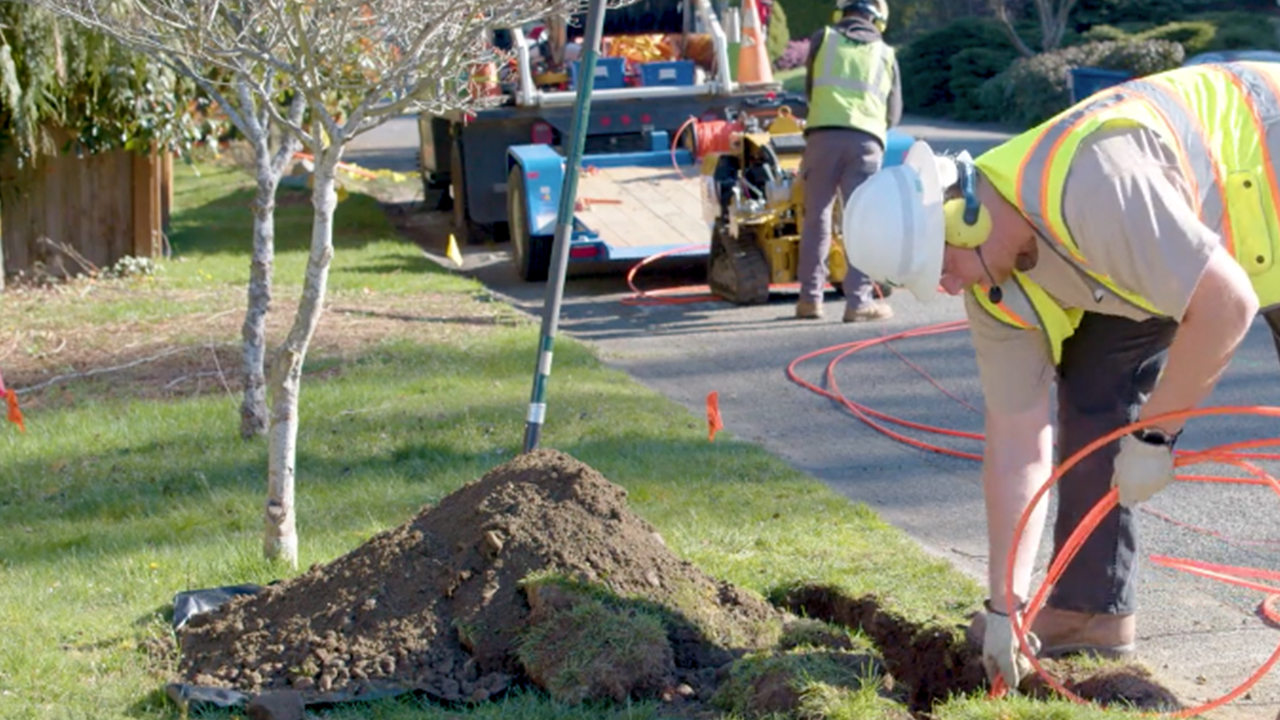
Q: Can you walk us through the installation process?
A: Our process begins with a lot of planning. We develop a design and run it through rigorous cost evaluation models to ensure the project makes financial sense. Once we get internal approval, we submit our design to the appropriate municipal agencies, which could be city, county or even state departments depending on the location. We might need multiple permits if we're crossing different jurisdictional boundaries. After securing the necessary approvals, we work with our construction partners to mobilize the team. First, we utilize door hangers, direct mail and social media posts to help educate residents about the construction coming to their neighborhood, what to expect and where to direct their questions. Then, we call in utility locations, which involves marking all existing underground utilities—water, sewer, power and gas. This helps ensure we don't accidentally damage existing infrastructure. For soft surface areas like grass, dirt or gravel, we use a vibratory plow that creates a narrow 12-18 inch trench. This allows us to lay our microduct with minimal ground disturbance. In areas with hard surfaces like concrete or brick, we employ more complex techniques like directional drilling or pneumatic "missile" methods to create underground pathways.
Q: What are the benefits for homeowners and communities?
A: For homeowners, this means accessing high-speed fiber in areas that have been traditionally underserved. Many of these neighborhoods are stuck with aging copper infrastructure that can barely support basic internet speeds. Our approach brings next-generation connectivity to these communities. For cities, it's about becoming "smart cities"—creating an attractive technological infrastructure that can draw businesses and residents. We're not just laying cables; we're helping communities leap forward technologically.
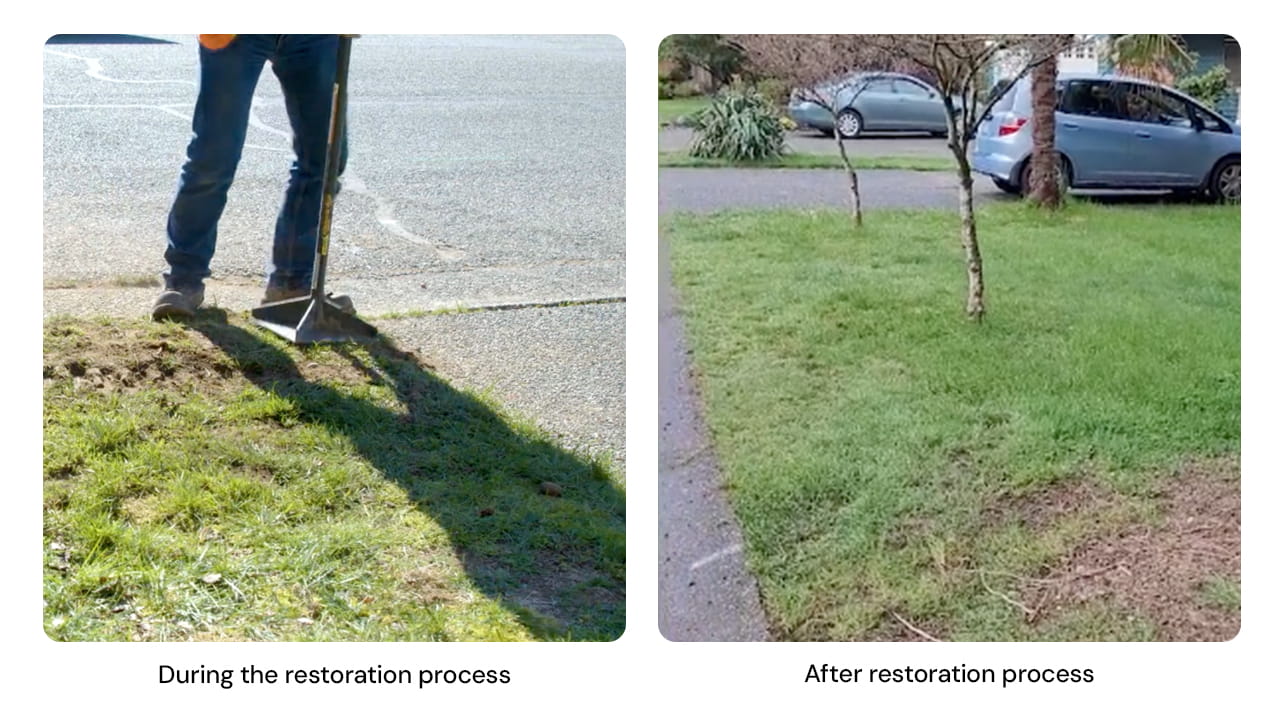
Q: After fiber-optic cables have been placed, what does the restoration process look like?
A: All soil that was removed during the installation will be put back into place, and any excess will be hauled away. The soil will be hand tamped, followed by replacing any pieces of grass that were removed. We'll then hand tamp the grass into place and rake it to smooth out any leftover bits of soil. If we choose to use a machine compactor, we'll then tamp over the tracks to remove them and give the entire area a good sweep with a broom
Breaking new ground through innovating
Ziply Fiber's Soft Surface Placement represents more than just a technical innovation—it's a commitment to connecting communities and bridging digital divides. By reimagining infrastructure deployment, we're proving that with creativity and strategic planning, no neighborhood needs to be left behind in the digital age.


